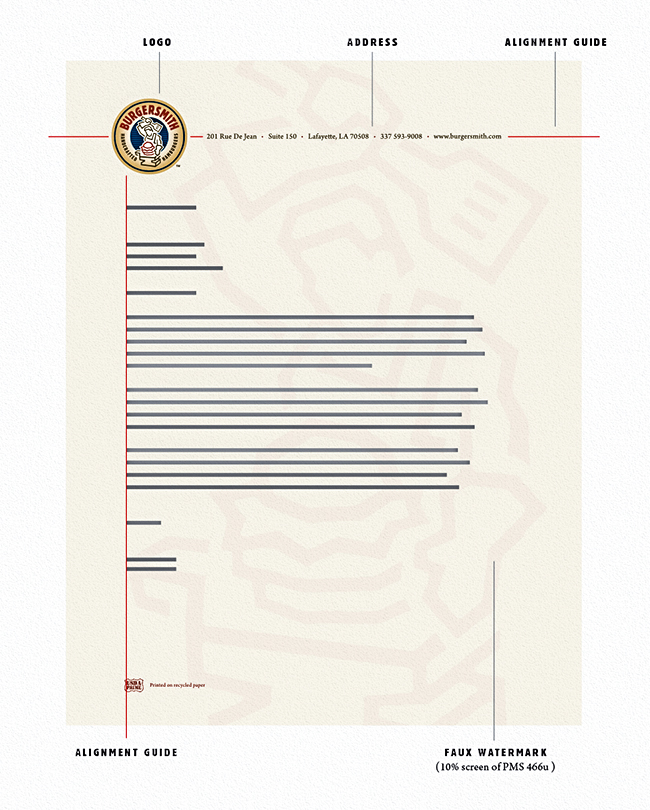
You worked long and hard to develop your brand and its visual identity. Now you need to protect those assets and ensure design consistency across all collateral created for your brand. What’s the best way to do that? Create a brand standards guide that states explicit rules for using brand elements. Ultimately, the guide becomes a roadmap that gives direction for visual branding without hindering creativity. It is especially important to share the guide with anyone – employees, vendors, advertising agencies, customers – using brand elements to create collateral and marketing materials.
Our art director, Gary LoBue, Jr., stresses the importance of a style guide, “Not having a standards guide would be like building a home without the blueprints. You’re merely guessing as to how to handle a critically important element’s color, size, spatial orientation or proportion in a variety of settings.”
Elements of a Brand Standards Manual
The content and length of a style guide vary by organizational needs. But, the basic elements of the guide are consistent. Every style guide should include:
Brand and/or mission statement – It is important that users of the guide know the brand. The mission statement, brand values or organizational philosophies help others understand the guiding principles of the brand, which should also guide their use of brand assets.
Logo Use – The logo is the key element to the brand identity. This detailed section of the style guide clearly shows different approved versions of the logo, as well as correct and incorrect treatment and uses of the logo.

Color Palette – Color is one of the most recognizable brand elements. This section of the guide gives very specific information regarding the brand’s color palette, including, both primary and secondary, and exact hex code, CMYK and Pantone colors for web, screen and print.
Typeface Guide – Fonts convey certain messages and ideas through their design and are therefore key elements in a brand identity. The details of the fonts and font families used by a brand need to be clearly identified.
Imagery – The use of symbols, graphics, photography or any visual imagery should be clearly defined. Sometimes, imagery is more recognizable than words, making it crucial that any visual elements are recognizable brand assets.
Some organizations that have more complex structures go beyond the basics to include more details guiding the use of visual brand elements in marketing materials. Such sections could include:
Template Designs – For organizations with multiple locations and vendors, it is prudent to include a section that specifies the layout of business templates, such as stationery, business cards, presentations, etc. The details should also include paper specifications for use with materials to be printed.
Social Media Policy – Maintaining control of anything on social media is extremely difficult, but this section of the guide establishes the framework for social media for an organization. It also dictates which platforms the brand will be active on, who has control of the accounts and the visual identity on each platform.
Signage Specifications – Provides users with business sign specifications to ensure that signs across multiple locations are visually consistent. Signage can be indoor or outdoor, and should cover a variety of possibilities, such as stand-alone buildings or shopping center locations. Keep regulatory requirements in mind when developing this section.
Merchandising Applications – Your brand doesn’t belong on everything. That’s why this section of the brand guide is beneficial. Use it to outline what types of products can be branded and how to use the brand elements on them.
Website Design – This section sets out instructions for anyone developing and posting content for an organization’s website(s). Hierarchy of elements and visual assets must be consistent across all pages of a website. This section serves as a guide for keeping a consistent design.
A Worthwhile Investment
No matter the size or the complexity of your organization, it is crucial to have a brand standards guide to ensure visual consistency across all collateral material. Your brand identity must be preserved and protected at all times, and an investment in a style guide is one that will not be wasted.





